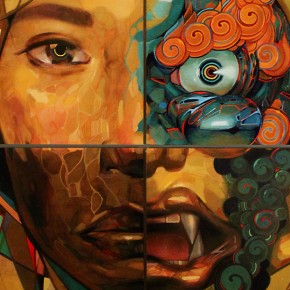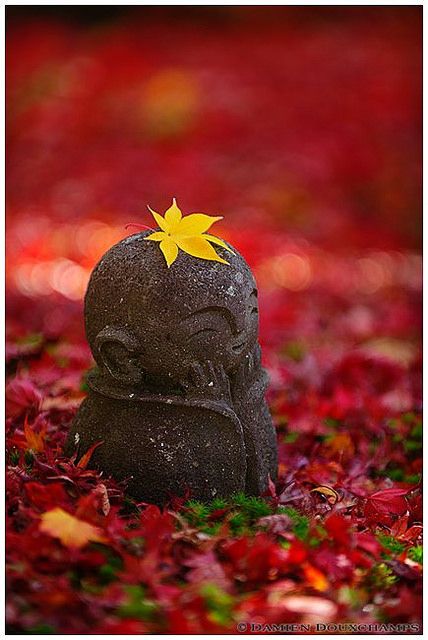Dear Integral Meditators,
What would happen to our experience of the present if we learned to have a deeply good relationship with our past, even that part of our past that is wounded and damaged? This is the theme that I explore in the article below.
Yours in the spirit of the healed psyche,
Toby
 Appreciating the Past to Liberate the Present
Appreciating the Past to Liberate the Present
I was recently listening to a recording of ocean sounds, although the sound itself was generic, I found that as I listened I was immediately transported back to a tiny volcanic beach that I used to visit as a child in the Philippines called the secret cove. As I listened the memory of this tiny cove with the waves breaking on the black sandy beach came back to me with great clarity and power, even though it is thirty years since I have visited that place.
This is a neutral example of how when we experience something in the present our unconscious mind and memory can almost instantaneously free-associate our present experience with a past memory, and that memory then powerfully influences our present experience.
A negative past-present cycle
At its worst our past memories can keep us locked in cycles of pain, limitation, fear, blindness and so on. If when I was a child I learned the best way to protect myself from emotional wounding was to shut down my emotions, those memories as an adult can keep me emotionally shut down for life. Even though every day opportunities for emotional growth and health present themselves, my past memory and habit immediately shuts down any possibility of a new approach. My experience of the present is a prisoner of my past.
A positive past-present cycle
At best we learn to distinguish our useful and positive past experiences from our un-useful ones. We use our useful experiences to enhance our present experiences and to solve problems.
When we sense that our present circumstances are stimulating a difficult or limiting memory, we can use our self-awareness to be sensitive to that, and use the situation to ‘re-write our script’ so to speak. To take the example of the person who has learned in her past to shut-down emotion to survive, if he has enough self-awareness he may be able to sense the past memory, acknowledge and accept it, but then deliberately act in the present to expand his emotional self by feeling, acting and behaving in a new way.
We can also see how past memories create depth and texture to our present moment experiences, giving them richness and quality. A beach that we see today as an adult can stimulate a rich field of past memory which we can delve into with pleasure and appreciation.
An open ended future
If we can establish an effective past present cycle where we
- Use useful past experiences to problem solve in the present
- Use present experiences to move consciously beyond the limitations of our past memories, and
- Use past memory to enrich and appreciate a present moment experience
Then these are some of the characteristics that we can say make us ‘liberated in the present moment’.
We can also say that such a positive past-present cycle means that our future always looks exiting and creative, even when facing adversity or inertia.
A practice
To begin the journey toward a positive past-present cycle, take a present situation in your life and ask yourself the question ‘How is my past experience of similar situations influencing my present experience in the here and now?’ Focus your attention on this question and see what it starts to bring into the field of your awareness.
- What from your past memory is useful to solve the present challenges?
- What from your past is limiting and stunting your present experience?
- What richness and texture from your memory can you use to bring appreciation and pleasure to what is going on in the present?
© Toby Ouvry 2014, you are welcome to use or share this article, but please cite Toby as the source and include reference to his website www.tobyouvry.com











